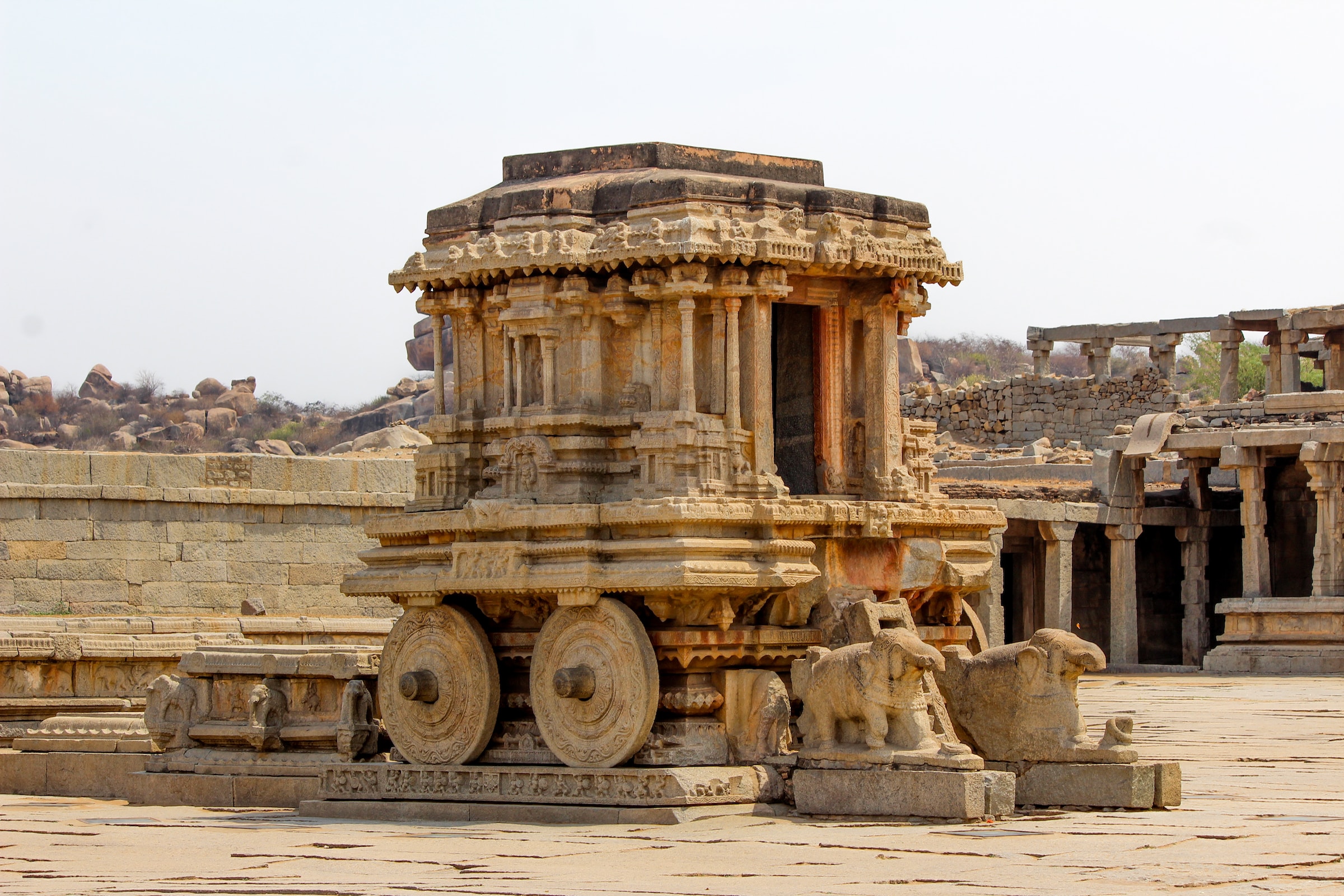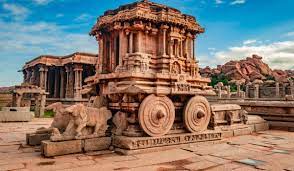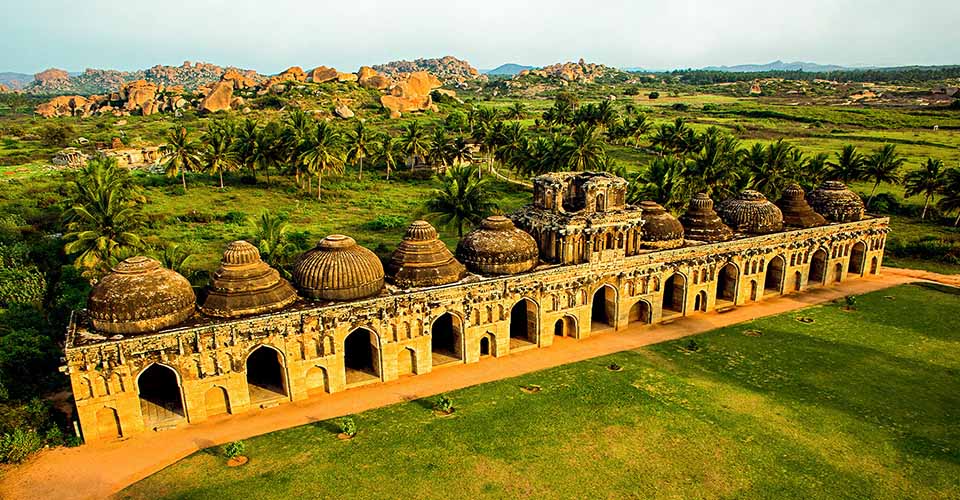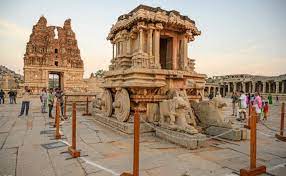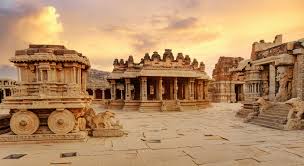Hampi is an ancient city and UNESCO World Heritage Site located in the state of Karnataka, India. It was once the capital of the Vijayanagara Empire, one of the greatest Hindu empires in South India. Hampi is known for its magnificent ruins, temples, and rock-cut structures that offer a glimpse into its glorious past. Here's some information about Hampi:
-
Historical Significance: Hampi has a rich historical and cultural heritage dating back to the 14th century. It was a flourishing city during the Vijayanagara Empire and was known for its opulence, trade, and architectural marvels. The ruins of Hampi stand as a testament to the grandeur and sophistication of the bygone era.
-
UNESCO World Heritage Site: In 1986, Hampi was declared a UNESCO World Heritage Site for its archaeological and architectural significance. The site covers a vast area with more than 1,600 surviving remains, including temples, palaces, marketplaces, and other structures.
-
Virupaksha Temple: The Virupaksha Temple is one of the most important and ancient temples in Hampi. Dedicated to Lord Shiva, it has a towering gopuram (entrance tower) and intricately carved pillars. The temple remains an active place of worship and attracts devotees and tourists alike.
-
Vittala Temple: The Vittala Temple is an iconic temple in Hampi known for its extraordinary stone chariot and musical pillars. The temple complex showcases intricate carvings depicting various mythological stories and is a remarkable example of Vijayanagara architecture.
-
Royal Enclosures: Hampi was once home to royal enclosures that housed the palaces and administrative buildings of the Vijayanagara kings. The Queen's Bath, Lotus Mahal, and Hazara Rama Temple are notable structures that reflect the regal splendor of the empire.
-
Monolithic Structures: Hampi is famous for its monolithic structures carved out of single rocks. The monolithic statue of Lord Ganesha, known as the Kadalekalu Ganesha, and the monolithic stone chariot in the Vittala Temple complex are awe-inspiring examples of ancient rock-cut art.
-
Hampi Bazaar: The Hampi Bazaar is a lively marketplace that stretches along the main road leading to the Virupaksha Temple. It offers a glimpse into the vibrant past of Hampi, with its narrow lanes, shops selling traditional handicrafts, jewelry, and souvenirs, and bustling street vendors.
-
Riverside Ruins: Hampi is situated on the banks of the Tungabhadra River, and exploring the riverside ruins is a delightful experience. The riverside area features temples, shrines, and ancient stone structures, including the Achyutaraya Temple and Kodandarama Temple, offering a serene and picturesque setting.
-
Coracle Rides and Rock Climbing: Visitors to Hampi can enjoy coracle rides on the Tungabhadra River, offering a unique perspective of the surrounding landscape. The rocky terrain of Hampi also attracts rock climbers from around the world, with various bouldering and climbing opportunities available.
-
Hampi Festival: The Hampi Utsav, also known as the Vijaya Utsav, is an annual cultural festival held in Hampi. It showcases the rich heritage and traditions of the region, featuring music and dance performances, processions, puppet shows, and fireworks, attracting a large number of visitors.
Hampi is a treasure trove of history, architectural brilliance, and cultural heritage. Exploring its ruins, temples, and rock-cut structures transports visitors back in time, offering a glimpse into the glorious past of the Vijayanagara Empire.
